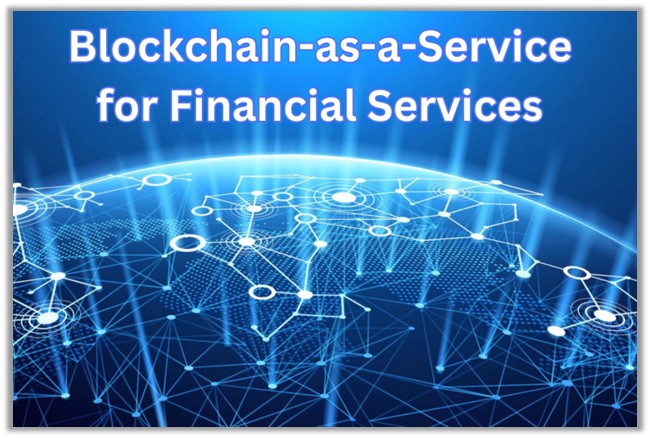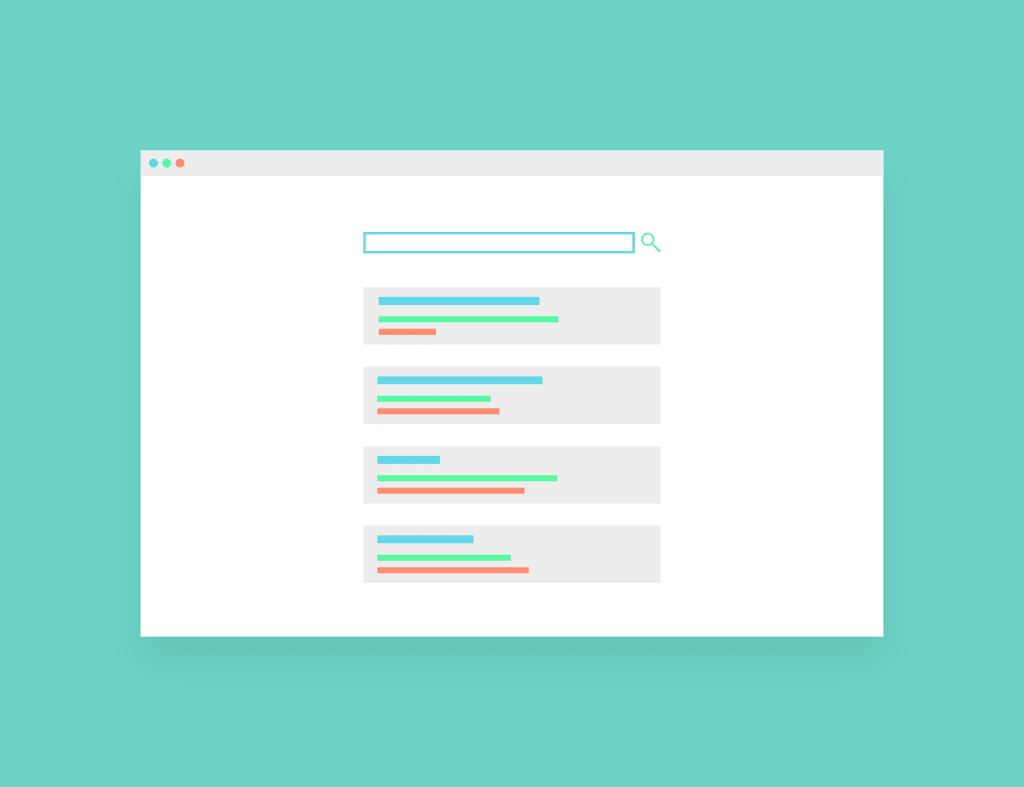Introduction
Blockchain has stood out as a crucial technology transforming multiple sectors with diverse offerings. However, beneath the superficial discussions, there is often no profound clarity regarding what blockchain is, how it functions, or its purpose. Even with its reputation for being complex, the fundamental concept of blockchain is relatively straightforward.
Blockchain has significant potential to transform industries from the ground up. In simple terms, it is a technology that allows for the secure exchange of information, and transactions are documented in a record book known as a ledger.
A blockchain is a form of distributed database or ledger, meaning that the authority to modify a blockchain is shared among the nodes or participants within a public or private computer network, and this is referred to as distributed ledger technology.
Nodes receive digital tokens or currency as rewards for updating blockchains. Pristine Market Insights’ report on the Blockchain-as-a-Service market provides a comprehensive summary of the present condition and future opportunities of BaaS across different industries, making it a valuable asset for industry participants seeking to navigate this swiftly changing environment.
What is BaaS?
Blockchain-as-a-Service (BaaS) is a software service model enabling individuals or organizations to create and manage their own blockchain networks or applications utilizing cloud-based infrastructure offered by a third-party provider or vendor.
BaaS operates on the widely recognized service model, providing businesses online access to technological solutions billed based on usage. In the Blockchain-as-a-Service scenario, the technical service utilized on a subscription model is the blockchain infrastructure and backend of a preferred setup.
Blockchain-as-a-service enables companies to create cloud-based blockchain solutions without developing the infrastructure from scratch or employing internal experts. This reduces the entry barrier for businesses looking to integrate blockchain, as a third party supplies the backend and infrastructure.
The precise functioning of a Blockchain-as-a-Service platform is determined by the particular types of blockchain services an organization needs. In a BaaS model, the fundamental concept is that a third party, often called a vendor, oversees a blockchain network’s setup, hosting, and upkeep for organizations that subscribe to its offerings.
The provider of cloud-based services manages the blockchain infrastructure and technology, encompassing nodes, consensus methods, and security protocols.
At the same time, companies pay a nominal fee to use these technologies and related services, usually monthly or annually. The charge enables subscribers to create and manage their blockchain applications within the provider’s ecosystem.
A Blockchain-as-a-Service provider may offer software development kits and application programming interfaces (APIs) that streamline the development of their infrastructure.
This accessibility allows developers with varying skill levels to utilize blockchain networks, enabling businesses to customize the network according to their needs. After establishing the system, the vendor manages the intricate backend processes required to maintain the blockchain platform and all its associated applications.
A BaaS provider supplies support tasks, resource distribution, and safety services.
Blockchain in Financial Services
Blockchain in banking continues to be one of blockchain technology’s most significant common uses, offering innovative solutions. Financial institutions and fintech firms can utilize blockchain-based cloud solutions to develop secure and effective financial services and international payment options.
Blockchain anti-fraud technologies and data protection capabilities offer improved security for financial service firms. BaaS platforms for tokenization and asset management will also benefit firms that aim to develop their digital assets, including cryptocurrencies and tokenized securities.
Blockchain technology in IoT facilitates secure communication between devices in healthcare settings. It guarantees that medical IoT devices relay patient information securely and precisely.
Benefits of BaaS in Financial Services
Applying distributed ledger technologies can benefit the financial services industry. Unsurprisingly, the sector has adopted blockchain to enhance numerous outdated systems and conserve significant money.
By utilizing a distributed ledger, banks can conduct trades more quickly and at a lower cost, enhancing their efficiency. A few of the advantages of BaaS in financial services are as follows
1. Instant Settlements
Transactions can be completed in minutes or seconds, but settlements may take up to a week. Blockchain allows settlements to be tailored to user needs, saving time and costs for both parties.
Blockchain will diminish the necessity for numerous middle and back office personnel in banks since transactions are settled immediately.
As a result, banks are highly motivated to explore blockchain to improve settlement processes. Some banks initially focus on internal solutions, while others investigate inter-bank options.
2. Improve Capital Optimization
A key characteristic of blockchain is that it eliminates the requirement for a trusted intermediary, enabling transactions without a central server.
When blockchain is utilized in the financial services sector, it could eliminate the need for fee-collecting intermediaries like custodian banks, which facilitate money transfers between banks or clearers who verify the credit standings of counterparties.
Consequently, blockchain improves capital efficiency by considerably decreasing operational expenses. Moreover, when banks utilize a shared blockchain, the overall expenses associated with that blockchain and its ecosystem could exceed the separate costs of handling transactions at an individual bank.
Nonetheless, the expenses are divided among all the banks involved, resulting in a notable cost decrease.
3. Reduced Counterparty Risks
When transactions are completed almost instantly, a significant portion of the risk that the counterparty fails to fulfill its obligations will be eliminated, which could lead to considerable costs for banks.
4. Improved Contractual Performance
When banks and financial institutions utilize smart contracts, it enhances the execution of contractual terms. These contracts are triggered automatically when specified conditions are satisfied, and those smart contracts must be well-grounded in law and adhere to any regulatory requirements across jurisdictions if necessary.
As a result, R3CEV needed to customize the smart contracts on its distributed ledger platform. Blockchain can facilitate intense financial asset dealings, enabling automatic settlement through smart contracts governed by unalterable business rules.
5. Increased Transparency and Security
Financial services worldwide remain centralized and consist of multiple layers. Financial information is primarily kept in centralized databases. It must pass through various intermediaries, including the front and back offices.
The system suffers from significant transparency issues, with the data protection relying entirely on the intermediaries and the security of the databases.
Although the databases are equipped with top-level security, there remains a significant risk of data breaches and server hacking. The system’s lack of transparency promotes security risks, as no one knows what is occurring until problems arise or data is compromised.
While it’s understandable that not everyone wishes for their financial records to be open, transparency in the system is advantageous and crucial for financial service providers and their customers.
Immutability
Since blockchain is unchangeable, no information can be modified. It guarantees that all information is safe, genuine, and accurate.
Privacy
There are two security keys: a public key and a private key. The public key is accessible to every user within the network, while the private key is shared solely among the stakeholders.
Thus, the transaction will be observable by all network users through the public key. In contrast, information regarding stakeholders and transaction specifics will be accessible only to those possessing the private key. This guarantees that transparency is upheld in the system while protecting the sensitive financial data of the stakeholders.
Zero-Knowledge Proof Technology
Various blockchain networks utilize zero-knowledge-proof technology as a privacy measure for their blockchains. It enables the confirmation of financial information without revealing it.
6. Increased Financial Solution in Terms of Crisis
Thanks to cryptocurrencies, digital currencies, or tokens, choices for financial remedies are expanded during crises. During the Bitfinex hack, the solution created involved compensating the customers, who collectively bore the loss, with a tradable Recovery Right Token.
Each token was worth a US $1 loss, and every token could be regarded as an IOU. Customers had the option to exchange the token at the market price (if they were skeptical about recovery or if they believed in it and sought profit), they could convert it into equity, which occurred with almost half of all tokens, or Bitfinex would repurchase it for $1 at a later date.
Following an initial decline in the RRT price to $0.30, it trades at approximately $0.80, and Bitfinex has resumed its previous operations. This is a fascinating case of a groundbreaking financial remedy made possible by blockchain. Without it, Bitfinex would probably have faced bankruptcy, resulting in customers losing all their funds.
7. Reduced Error Handling and Reconciliation
A fundamental characteristic of blockchain is that all recorded data remains immutable.
Any information stored on a blockchain can be monitored in real-time, providing a comprehensive audit trail.
Examples of BaaS in Financial Services
1. IBM Blockchain and Financial Institutions
By innovatively implementing blockchain technology, IBM has become an essential financial service participant. Here are important elements of engagement with financial organizations:
- Ledger Connect
- Patent Innovations
- KYC and AML Compliance
- Real-Time Transactions
2. Amazon Web Services and the Financial Industry
Amazon Web Services is crucial in revolutionizing the financial sector by offering a powerful cloud computing platform that improves operational efficiency, security, and innovation. Here are several main points regarding the influence on the financial services industry:
- Cloud Solutions for Financial Institutions
- Artificial Intelligence and Machine Learning
- Security and Compliance
- Resilient Infrastructure
- Marketplace for Financial Services Solutions
3. RippleNet
RippleNet is an autonomous network developed by Ripple Labs to facilitate seamless global transactions among financial institutions. Many banks and financial service providers use RippleNet to improve their international payment processes.
Significant partnerships involve collaborations with major financial institutions to upgrade payment systems and enhance operational efficiency.
Conclusion
BaaS is set to transform the financial services sector by providing advanced solutions that boost efficiency, lower expenses, and increase transparency.
By utilizing blockchain technology’s decentralized characteristics, financial organizations can enhance operations, automate compliance procedures, and instantly enable secure transactions.
Combining smart contracts and tokenization can enhance the possibilities for innovative financial products and services that can facilitate effective customer experiences.
Organizations adopting BaaS solutions can achieve significant operational efficiencies, cost reductions, and increased trust in the financial ecosystem. The capacity to maintain unchangeable records supports regulatory adherence and bolsters protection against fraud and cyber risks.
The extensive adoption of BaaS will transform conventional banking frameworks while enhancing financial inclusion and stimulating economic growth.
Establishing blockchain technology as a fundamental element of the future financial ecosystem.
More Resources:
IaaS vs. PaaS vs. SaaS: Differences, Examples, & How to Choose
Cloud Computing in Blockchain: Placing Security First
Rutuja Mohite is a market research analyst and expert writer with a deep knowledge of markets and a focus on innovations worldwide. Her insights help consumers make informed decisions with actionable market intelligence.




